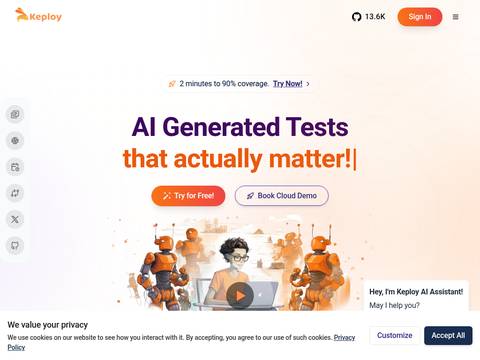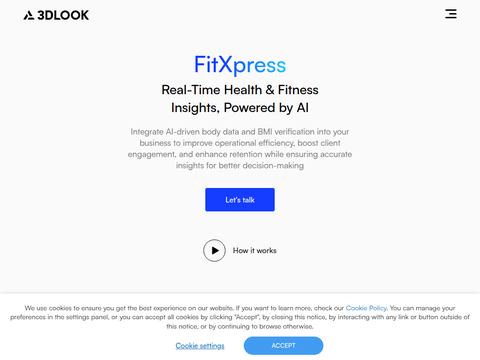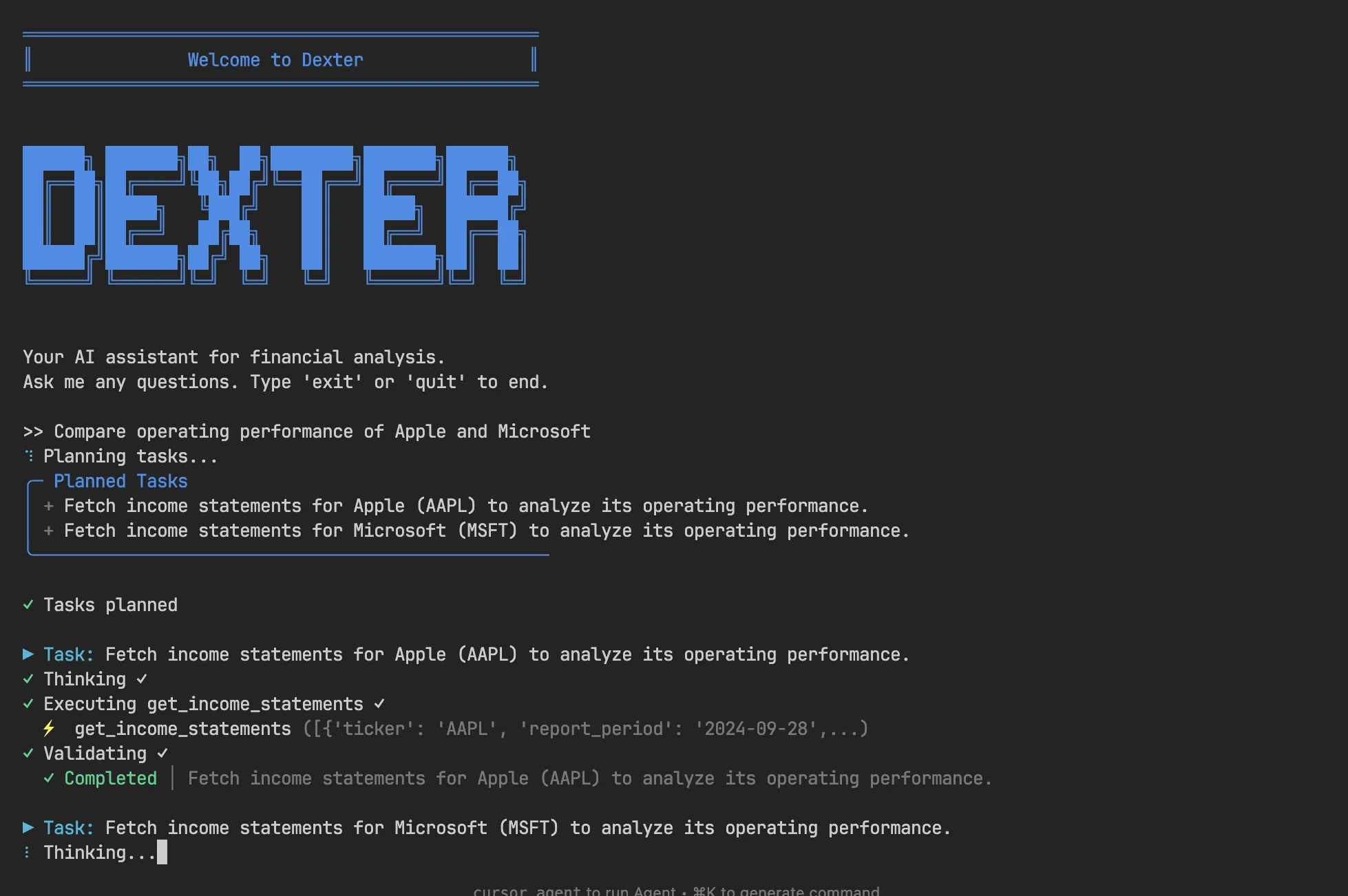Vectara, a provider of AI agent and assistant platforms, has announced the launch of a new hallucination corrector integrated directly into its services. This tool is designed to detect and mitigate costly and unreliable outputs generated by enterprise AI models.
Hallucinations occur when large language models confidently provide incorrect information, an issue that has long troubled the industry. Traditional models are estimated to exhibit hallucination rates of approximately 3% to 10% of queries on average, depending on the model.
The emergence of reasoning AI models, which "think" through complex problems step by step, has led to a significant increase in hallucination rates.
According to a report from Vectara, the hallucination rate of the reasoning model DeepSeek-R1 is notably higher at 14.3% compared to its predecessor DeepSeek R3's 3.9%. Similarly, OpenAI's GPT-o1, also a reasoning model, saw its hallucination rate rise from 1.5% with GPT-4o to 2.4%. A similar report published by New Scientist found even higher hallucination rates in these and other reasoning models.
"While large language models have made significant progress in addressing hallucinations recently, they are still far from meeting the accuracy standards required in highly regulated industries such as finance, healthcare, and law," said Amr Awadallah, founder and CEO of Vectara.
In initial tests, Vectara stated that the hallucination corrector reduced the hallucination rate in enterprise AI systems to about 0.9%.
It works alongside the widely used Hughes Hallucination Evaluation Model (HHEM), which provides a method for comparing responses to source documents at runtime and identifying whether statements are accurate. HHEM scores answers based on source documents with a probability score ranging from 1 to 0, where 0 indicates completely inaccurate—full hallucination—and 1 indicates completely accurate. For instance, 0.98 suggests that the answer has a 98% likelihood of being highly accurate. HHEM is available on Hugging Face and has been downloaded over 250,000 times last month, making it one of the most popular hallucination detectors on the platform.
In cases of factual inconsistencies in responses, the corrector provides detailed output including an explanation of why the statement is a hallucination and an accurate version with minimal changes.
The company says it automatically uses the corrected output in the end-user summaries, but experts can use the full explanations and suggested corrections to test applications and improve or fine-tune their models and safeguards against hallucinations. It can also display the original summary but mark potential uses with correction information while providing the corrected summary as an optional revision.
For LLM answers that are misleading but not entirely incorrect, the hallucination corrector can optimize responses based on customer settings to reduce their core uncertainty.








